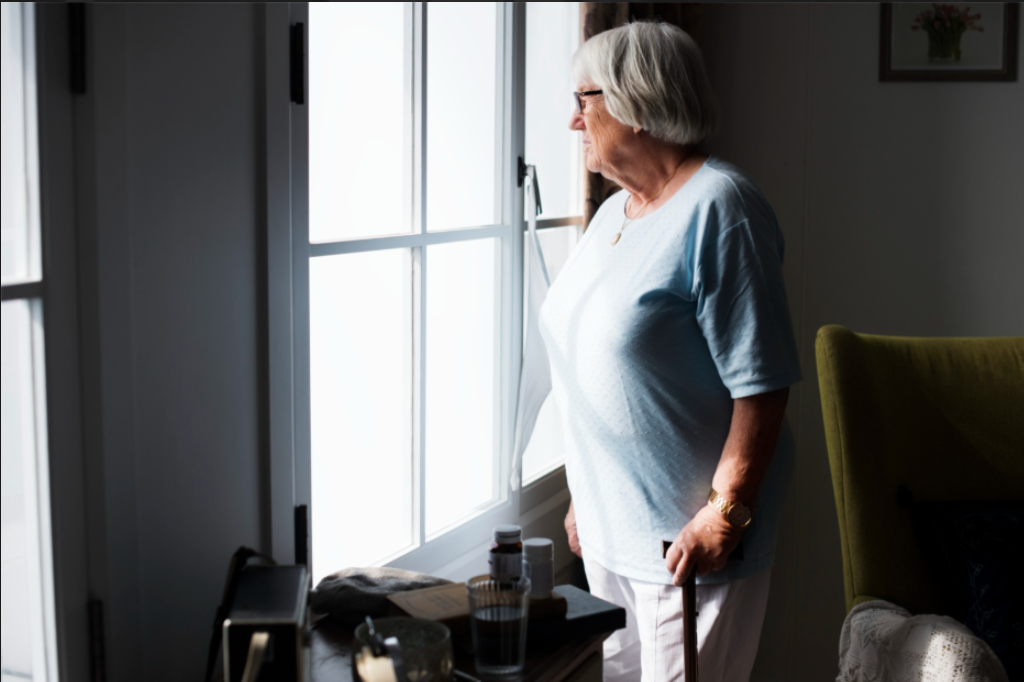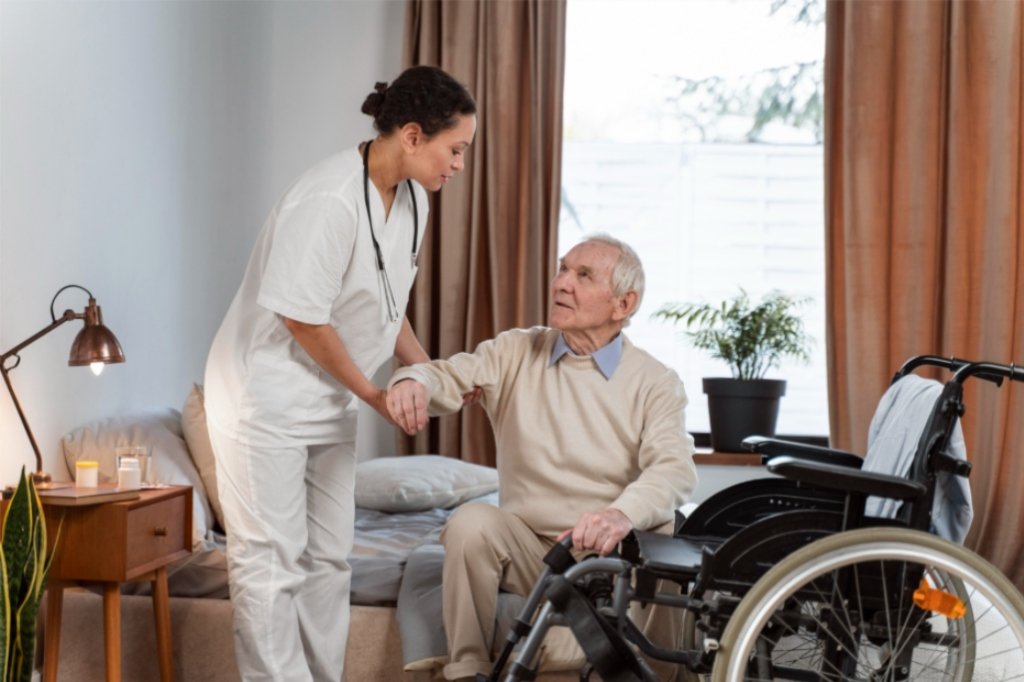
With age, independence is an invaluable part of our everyday reality — and so is the sense of safety and comfort. Living alone or coping with health issues can be both liberating and dangerous for many seniors. Suddenly, a slip, fall, or medical event might occur within a few seconds, and during such a time, quick access to assistance is crucial.
That is where emergency alert systems come in. These gadgets are smart and wearable, serving as a lifeline. After all, they immediately link older adults to trained responders 24/7 by just pushing a button.
Therefore, they are reliable, easy to use, and provide peace of mind. In the case of seniors, it translates to the independence to live. Moreover, to families, it means that their loved one will never be lonely.
That’s not all.
Let us discuss in detail how these systems are making older adults safer and more independent.
Quick Emergency Assistance
In elderly individuals with mobility problems or chronic conditions, falls, dizziness, and chest pain may occur suddenly. At such times, even using a phone can be impossible.
That is why emergency medical alert systems for older adults are crucial. These systems can be used to access trained responders who can send medical help. They can also be used to inform loved ones immediately with a single press of a button.
Automatic fall detection is also usually built into these modern systems. It triggers an alert even when the user cannot manage to push the button. This quick connection to aid allows older adults to get immediate care.
Moreover, the emergency time to medical response is greatly minimized, which is a plus that can make a difference in recovery and long-term security.
Indispensable to Elderly Citizens Living Alone

The U.S. Census Bureau states that one in every three adults aged 65 or older lives alone. Although it is empowering, independence also implies that during a medical emergency, no one is close enough to assist.
Emergency alert systems are a safety net for solo living. That means that help is always closer than a button. In this context, devices with GPS help responders rapidly determine the senior’s whereabouts. It is particularly helpful when they are not at home or outside.
This feature is particularly useful in older adults who may take leisure in walking, tending the garden or visiting friends. It assists in preserving their freedom and mobility without undermining security.
Chronic Health Conditions Support
Elderly people who have persistent disorders like heart disease, diabetes, rheumatoid arthritis, or Parkinson’s are more vulnerable to emergencies.
That said, symptoms such as dizziness or weakness, which may seem minor, can escalate into acute situations when left unaddressed.
Here, the emergency alert system serves as a lifeline for chronic care management.
These devices connect the seniors to emergency response centers that are aware of their medical history and requirements. Some systems even enable caregivers or medical experts to track the level of activity and receive alerts in case of unhealthy patterns.
Not only does this increase response in crises, but it also assists in preventive care, assisting the family and the doctor in monitoring any health issues.
Peace of Mind among Family and Caregivers

Caregivers find themselves in a state of perpetual anxiety, particularly when the loved one prefers to live on their own. Emergency alert systems reduce this stress by ensuring a layer of protection that can be counted on 24/7.
The majority of modern systems also offer mobile applications or web dashboards that keep family members informed in real time. In case of an alert, the caregivers get instant notifications. This way, they can take quick action or connect with the responders.
Overall, this openness enables the families to feel relaxed and comforted that their loved one is not alone. It is priceless for caregivers who have to balance work and family.
Improving Confidence and Quality of Life
Most seniors shun certain activities due to fear of falling, being alone, or what might happen if no assistance is available. Sadly, it may cause isolation, limitation of movement and even depression.
However, by wearing an emergency alert device, seniors can feel confident living their lives to the fullest. They will be able to carry on with their lives. For example, they can walk in the garden, visit neighbors, or go shopping, knowing that they can get assistance at any time.
This renewed confidence promotes active aging, which is known to enhance physical health, mental well-being and the quality of life.
Low-cost Protection
People think emergency alert systems are very costly, but compared to hospital bills, home health care, or assisted living charges, they are not.
Their monthly subscription is usually affordable and offers 24-hour coverage and human surveillance. There are even insurance and senior support schemes that reimburse or give a discount on some systems.
Therefore, investing in an emergency alert system is a cost-effective measure towards long-term safety and autonomy.
Conclusion
Emergency medical alert systems for older adults are not just about technology — they’re about empowerment. They give seniors the confidence to live freely while ensuring that help is never out of reach.
Moreover, for families, they bring immeasurable peace of mind, knowing their loved ones are always protected.
Speaking of which, in a world where every second matters, these devices transform fear into freedom and uncertainty into assurance.
Thus, these devices are a promise of independence, dignity, and care that allows aging adults to live on their own terms, safely and confidently.
